No matter what, right after waking up in the morning, almost everyone gravitates toward their cell phones. Why wouldn’t they? Cell phones have become essential in the current times, allowing people to communicate with others instantly. Social media is a big factor when it comes to the reach of these devices; for instance, the most successful platforms — a few being Instagram, Facebook, Snapchat and TikTok — allow their users to connect with just about anyone in the world. While social media is incredibly convenient, many would argue that it is also incredibly distracting, especially for students.
Doug Ford explicitly called the move to block cell phone and social media use in schools a ban during an interview with the Toronto Star this past April. “It’s staggering numbers, the numbers I’ve seen with parents supporting the ban because they want their kids to go to school and learn — not to be on social media and fiddling around with their cellphones during class,” says Ford. Ads by the government on YouTube in late September also proudly state that Ontario has banned cell phone use in classes.
Other news agencies have echoed the term since then, even though the TDSB has avoided saying it outright. Instead, the school board mentions ‘restricted usage’ and ‘teacher permissions’ even though there is no way for a teacher to enable social media at school (due to central changes which have blocked several sites from the TDSB’s Wi-Fi). However, that’s not all they’ve done in this fight against technology; the TDSB has even gone a few steps further.
The negative talk around the impact of cell phones and social media is the Toronto District School Board’s justification behind their March announcement: that they are suing said successful platforms for $4.5 billion along with three other school boards in Ontario — the Toronto Catholic District School Board, Peel District School Board and Ottawa-Carleton District School Board. The TDSB stated that the apps were designed in a way that purposely impacts students’ learning as well as disrupts the education system.
“These social media companies have knowingly created a product that is addictive and marketed towards kids,” claims the TDSB’s chair, Rachel Chernos Lin, on CBC Radio’s Metro Morning in March of this year. “It’s changing the way kids are behaving, the way they learn, the way they interact and it’s affecting their mental health and wellbeing.”
It’s all a lot to take in, but it begs the question: is it about students’ learning or is it about cash? $4.5 billion is a lot of money. Scratch that, it’s an insane quantity of money. There’s clearly a huge amount of work and improvements that could get done with a cash influx (even from just a settlement); just look up and count all the holes in the ceiling. Even if the intention isn’t to put funds towards repairs or improvements, more money is still more money; it’ll always be seen as a positive by the receiver.
Student success is an important concern, nonetheless, it matters what the intent behind the expressed concern is. If cash is the real end goal, the school board’s disapproval of cell phone and social media usage could be seen as more of a cover-up, rather than a genuine concern. This almost makes it seem as though a game is being played, rather than a decision being made. Such an insane amount of money would not be asked for in court if not for the hope of receiving that money for one’s own benefit; ulterior motives can often be difficult to pick out, nevertheless, when such a large sum is being brought up, it’s hard not to raise an eyebrow. The TDSB inadvertently places money over their concern for student success with their decision.
For the 2024-2025 school year, the TDSB reworked its cell phone policy (under direction from the Ministry of Education) to create a school environment where students will seemingly be more focused. “A big part of this new adjustment is the use of electronic devices and social media. It explicitly states that school boards have to restrict the use of personal media devices during instructional time,” explains Thomas Bodor, moderns teacher and head of co-curricular activities at R.H. King Academy.
Bodor continues: “[The adjustment] also says that all school boards have to restrict the use of social media in schools.” On top of limiting phone usage during instructional time, major social media platforms were blocked on the TDSB’s Wi-Fi, making them inaccessible to students during school hours.
It is important to note that there are indeed exceptions to this new policy, as stated by the Government of Ontario in the Policy/Program Memorandum 128: “All members of the school community must not use personal mobile devices during instructional time except under the following circumstances: for education purposes (as directed by an educator), for health and medical purposes or to support special education needs.” The policy also has exceptions regarding the new social media restrictions: “Social media platforms can only be used by students at school for educational purposes, directed by an educator.”
Essentially, cell phone and social media use is restricted during school hours, unless told otherwise by a teacher. It makes perfect sense: for instance, if a student needs to access Brightspace, they can quickly use their cell phone (instead of having to go through the tiring process of logging into their Chromebook) as long as they have their teacher’s permission. However, even if a teacher allowed a student to use social media — perhaps to post a photo to promote a co-curricular activity — they wouldn’t be able to magically unblock any of the platforms already blocked on the TDSB’s Wi-Fi.
To say that a teacher can give their students permission to use social media at school now raises concerns involving equity; not every student has data nor is willing to use it so frequently to bypass this, given its cost. Students without personal phone plans will not get the same opportunities as their privileged peers.
Many favour the change, noting that it will lessen various problems associated with cell phone and social media usage in a school environment (such as distractions and cyberbullying). “I think [the new adjustment] is a very positive thing. A lot of problems have arisen over the years because of cell phones and social media use. I think it’s time that we take these things out of school so students can focus on their learning,” Bodor says.
Many agree with Bodor’s view towards cell phones and social media, expressing that they can be problematic. Swadana Devadas, one of the co-presidents of King’s Tamil Student Association, is on board with the TDSB’s new policy when it comes to the restriction of phones during instructional time.
“I have caught myself checking my notifications in the middle of class more times than I can count,” Devadas says. “I get that phones are a big part of our lives, but I also think it is important to know when to put them away. Having them out during class makes it so easy to zone out and miss what’s actually happening in the lesson.”
Nevertheless, many of the same students who find value in the TDSB’s new policy also believe that there is still some good in social media, especially when it regards clubs and councils. Devadas believes that this whole ordeal is about finding balance. “Social media is how we communicate in the modern world. Schools and universities everywhere use platforms like Instagram and TikTok to highlight their club activities, share important information, and keep everyone in the loop about events.”
Even though social media platforms are blocked on the TDSB’s Wi-Fi, the school board still uses social media frequently. On Instagram, the TDSB has gained a sizable following, reaching numerous students and educators with their posts. Platforms such as Instagram, Facebook and TikTok are built to effectively and efficiently communicate with a large audience. It makes sense for the TDSB to use social media accounts. In the same way, it makes sense for leaders of co-curricular activities to use them as well.
At the beginning of every school year, clubs and councils rush to send out applications and attract new members. The co-curricular fair does a lot of heavy lifting when it comes to spreading the word, however, social media has always assisted clubs and councils in helping applications get out after the fair ends. Although a description and application to all co-curricular activities can be found on each grade’s Google Classroom, social media does a great job of promoting the groups with eye-catching posts and shareable videos. Instagram posts go much further than a small paragraph and Google Classroom code on an overcrowded document that most students do not check often.
“I hardly check the master list of clubs and councils,” shares Ayushi Anuprova, grade 12 student and president of King’s Emergency Response Council. “I sometimes hear [about co-curricular events] from other students and the announcements, however, I mostly learn things through social media, which is why it’s so important that we have it in school.”
Naveena Gnanachandran, co-president of King’s Social Awareness Club, feels very frustrated by this change. Her club, like many others, uses Instagram to promote its events and achievements. “Without Instagram, engaging with the students at King during school hours will be much more difficult since it’s the most popular platform.”
Gnanachandran also enjoyed the creative aspect that comes hand-in-hand with social media promotion. “We use Instagram’s posts and stories as a way to express our club’s identity. This change will inhibit students’ abilities to showcase their talents in content creation.” Social media profiles act like online portfolios, displaying what students are capable of. They can be incredibly beneficial for students applying to post-secondary business and marketing programs.
“Social media, especially Instagram, is the main way that we communicate with each other within the GSA,” says Echo Moonah, an executive member of King’s Gender and Sexuality Alliance. “It’s vital for the promotion of our events, and for group chats to send updates and do event planning. Google Classroom is just not a viable way to communicate with our members, especially in an association where members are allowed to come and go as they please.”
“The TDSB is blocking students’ primary form of communication for personal, social, extracurricular and academic activities. Social media is how they learn about events happening in the school, where they can get quick updates from friends about school and classwork,” says Yves Bhuiyan, the Sr. Communications Director for King’s Women Empowerment Council. “Besides, what’s the alternative to this? Seeing as social media is such an integral part of our school’s system, what is [the TDSB] providing or suggesting to replace it? We can’t tell everyone about our events through carrier pigeon.”
“Use the announcements, use the TV screens in the school, make posters,” suggests Bodor, “We just need to go back to using the tools that we used to have. These are school-friendly tools.” What Bodor says is true: many alternatives do exist. However, many of these alternatives don’t matter as much to students. Leaders of co-curricular organizations use social media so often because of how well it grabs the attention of students.
“In my four years at King, I’ve checked the notice boards maybe twice and it was because I was bored at the end of the day. Sure, there are the announcements, but they can’t reasonably include everything that goes on at King. Plus, I have friends who are often late for medical reasons,” shares Gwyneth Hsu, a grade 12 student and executive member of King’s Nutrition and Food Council.

“I can’t name the number of times KCR’s posts have kept me from going to school early on a late start,” says Hsu. King’s Court Representatives (KCR), one of the Academy’s councils, take it upon themselves to post the schedule for the following day every Tuesday evening. Given that Wednesdays can be a Mentor, late start or even an assembly schedule, their Instagram Stories help a lot of students arrive at school at the right time.
While the week’s schedule is emailed to all students each Friday, many forget to check it right before a Wednesday. KCR’s Instagram Stories pop up at the top of each user’s page once posted, functioning as a convenient reminder for the following day.
“Social media accounts are the more accessible, more detailed, and most adaptable way to spread information through the student body,” concludes Hsu. Social media obviously isn’t the only way to communicate with the student body but it seems to be one of the most effective ways to do so.
While co-curricular leaders are still able to use Google Classroom to communicate with their members, its reach pales in comparison to Instagram and other social media platforms; for students to access all of the important club and council information, they would need to join every single co-curricular Google Classroom, many of which are restricted to members. Google Classroom is hardly ever used for communication between co-curricular activities and the general student body. For something like this to work, each organization would have to operate two separate Google Classrooms: one for members and another for any student interested in the group’s events. Joining every single co-curricular classroom would be tiring, if not impossible. “This decision will backfire when everybody is uninformed about all of the events that our school has planned, causing them to fall apart,” Bhuiyan says.
“I think that we all acknowledge that social media usage is a concern and a distraction during the day but I also think that when used responsibly, there’s a great benefit to it,” expresses Student Services head Alison Cole, the main supervisor of KCR; the council organizes many of the King’s admin-related events, during which, it is crucial that members are able to get rapid updates from their supervisors. “Our council uses [Instagram] for quick communication about a new student that might need a tour at lunch or during an event that we’re running, like grade 9 orientation or graduation.”
More than just students find social media to be helpful when it comes to school-related matters. Cole, a parent herself, finds great use in social media updates of her child’s middle school events. “I rely heavily on [the school’s] Instagram account, which is run by teachers, to get information about theme days, pizza lunches, special events, the schedule, just different things that are happening in the school,” Cole says.
There’s no doubt that social media has grown to be an integral part of King’s entire system. “I feel that social media is a part of our lives at the moment. I hope that we are educating students on how to use the platforms properly in an educational environment and when it is an appropriate time to use them,” shares Jordyn Booth, head of the girls’ physical education department at King. When it’s used at the wrong time, it definitely can harm students, however, it’s completely possible for school and social media to coexist.
Follow our Instagram to stay up to date with our weekly content: @kingsley.voice



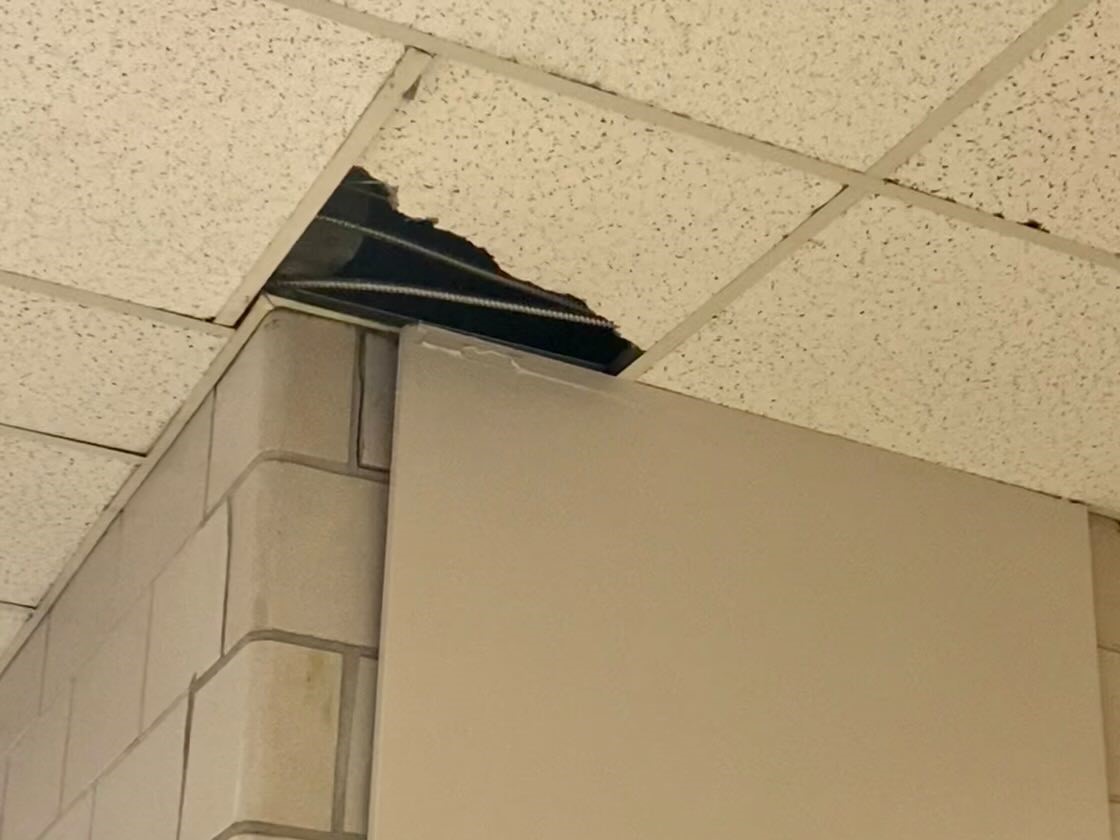
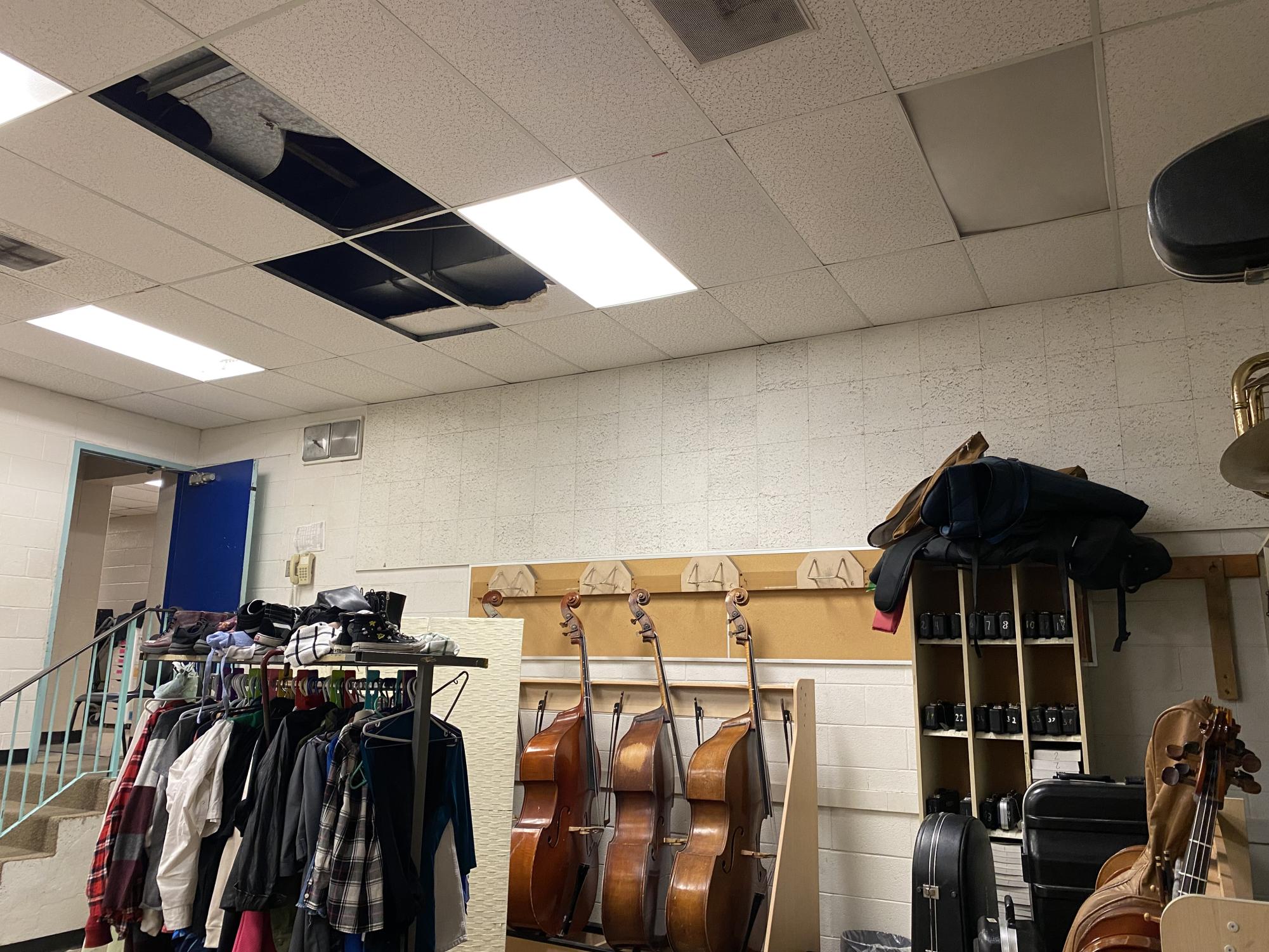


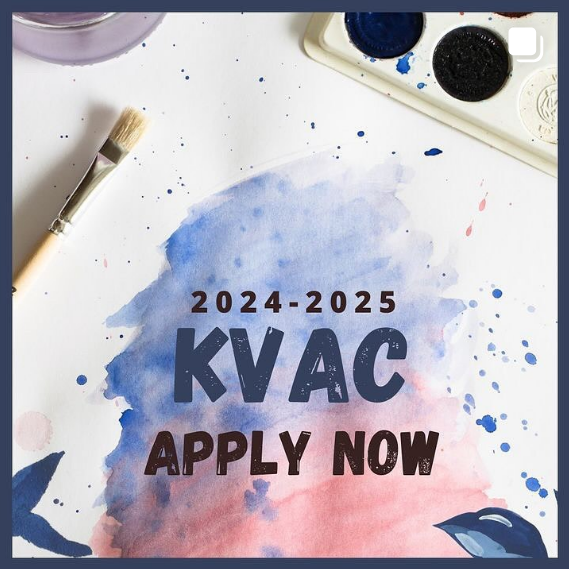
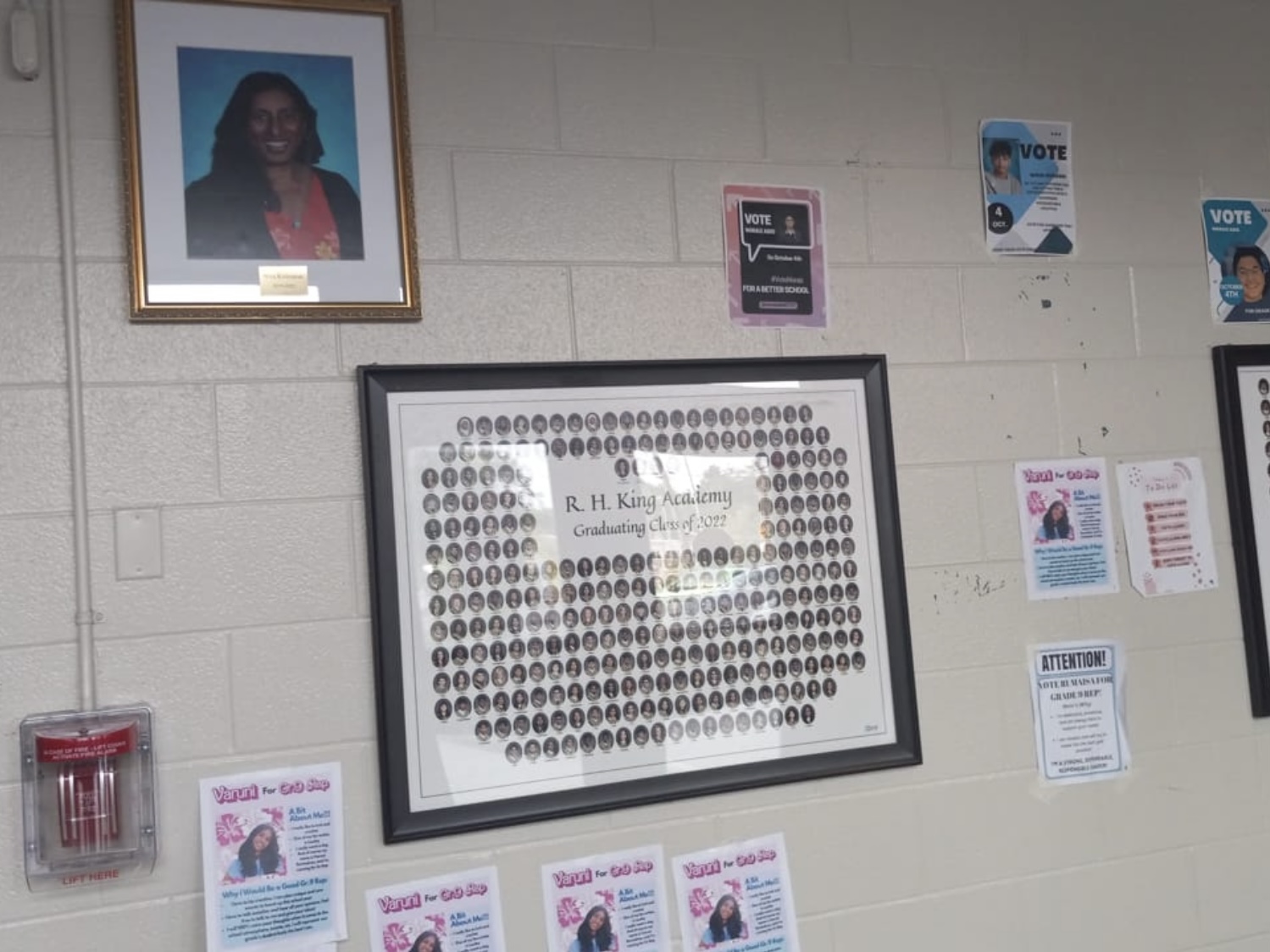
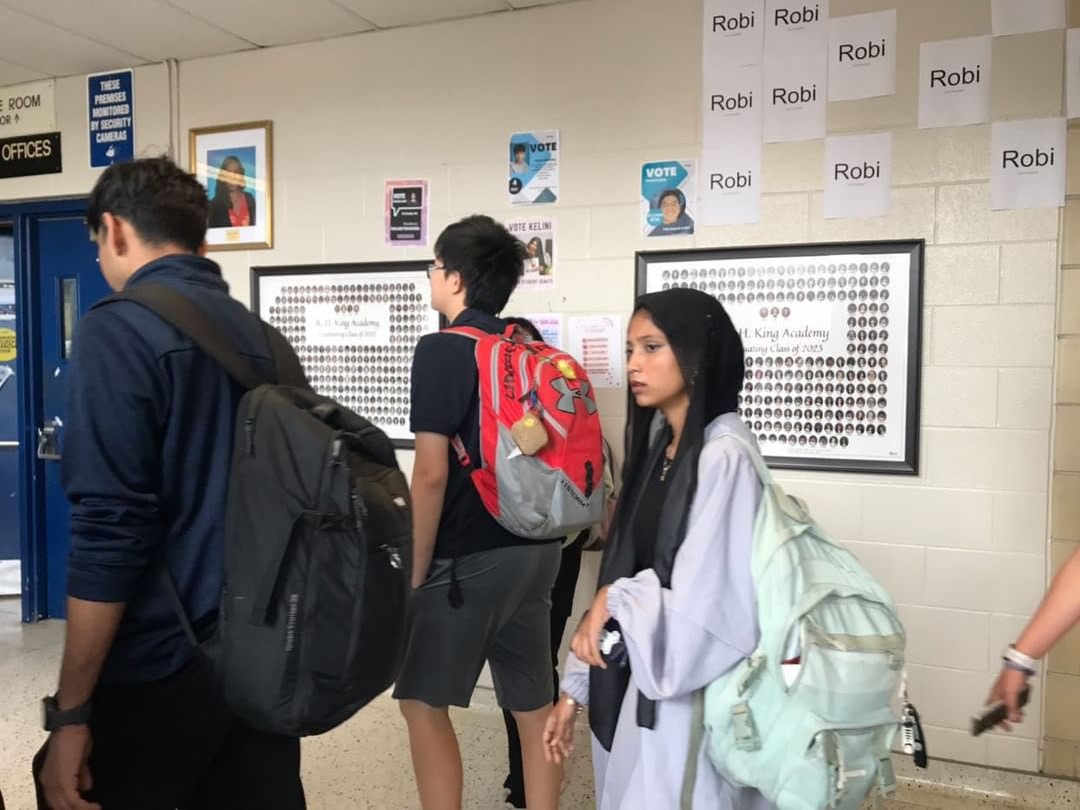
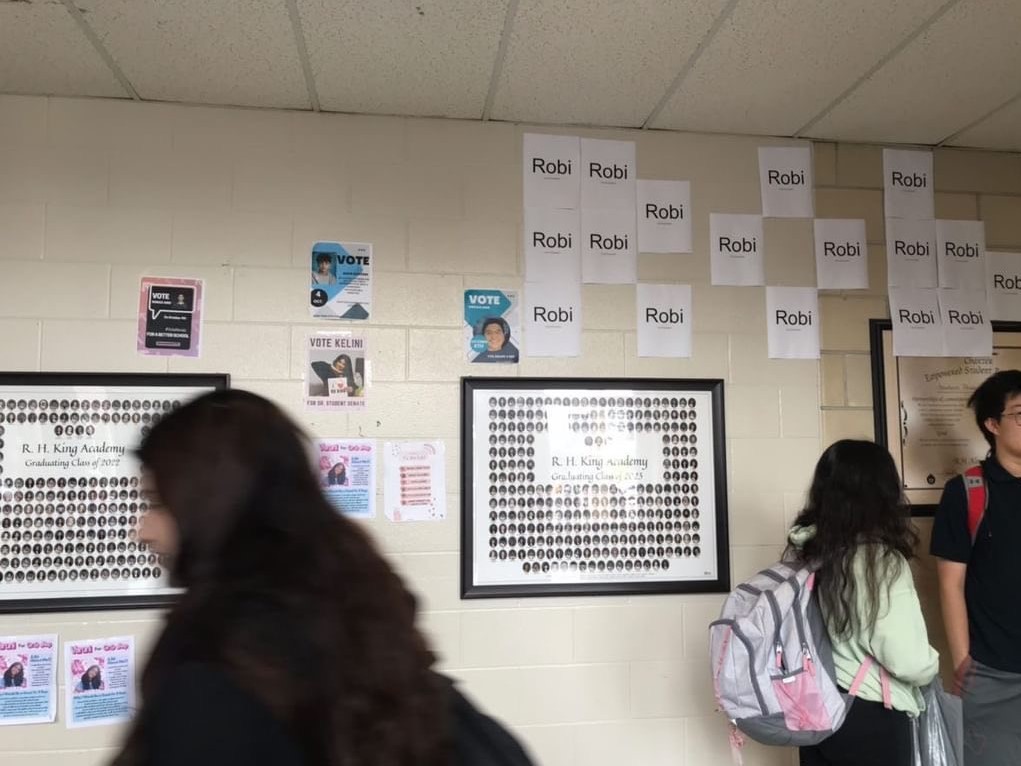



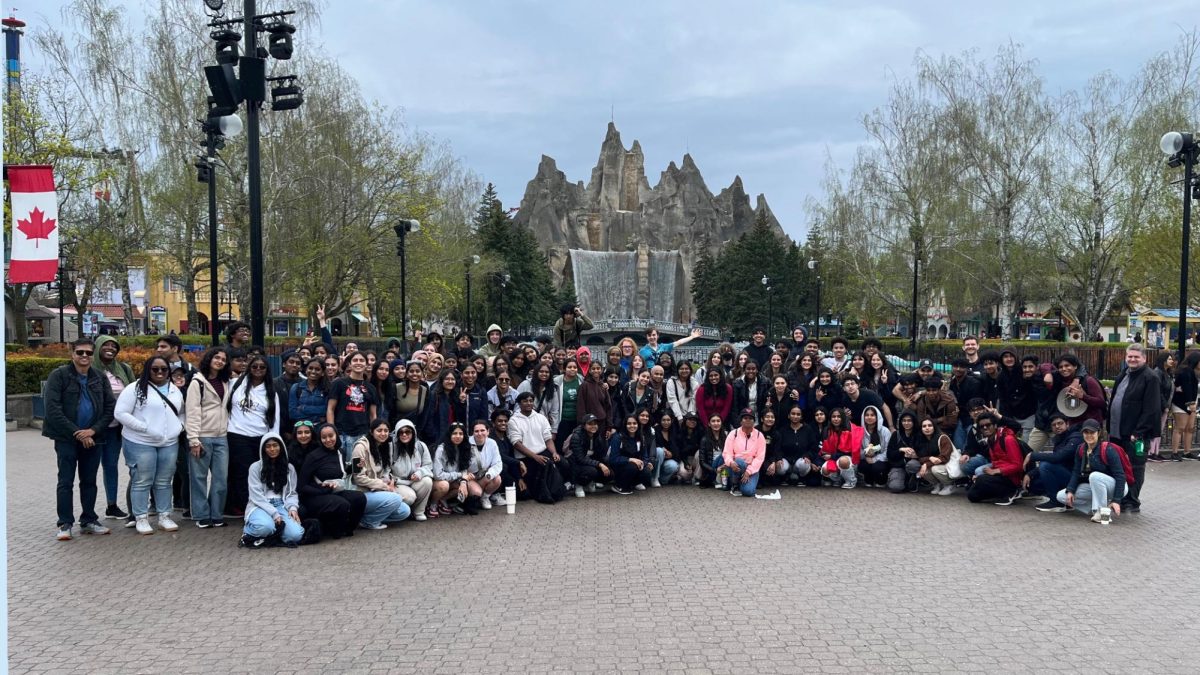
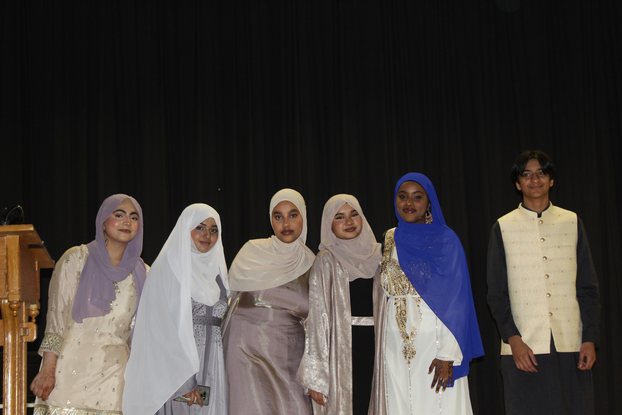
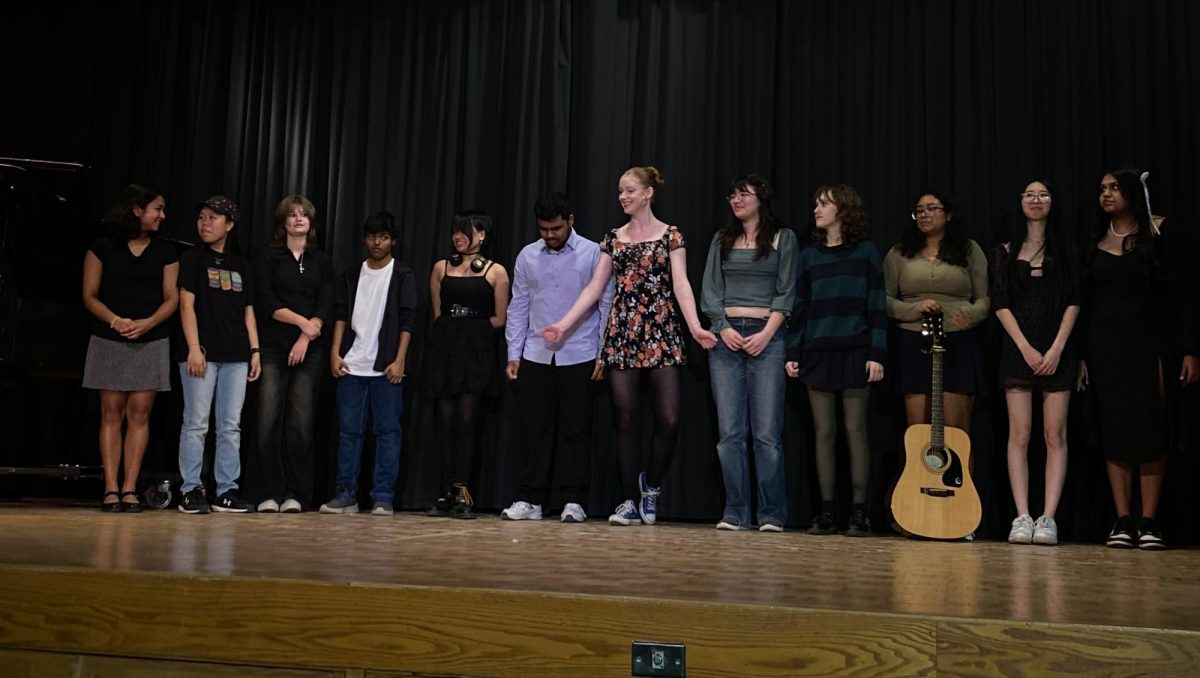
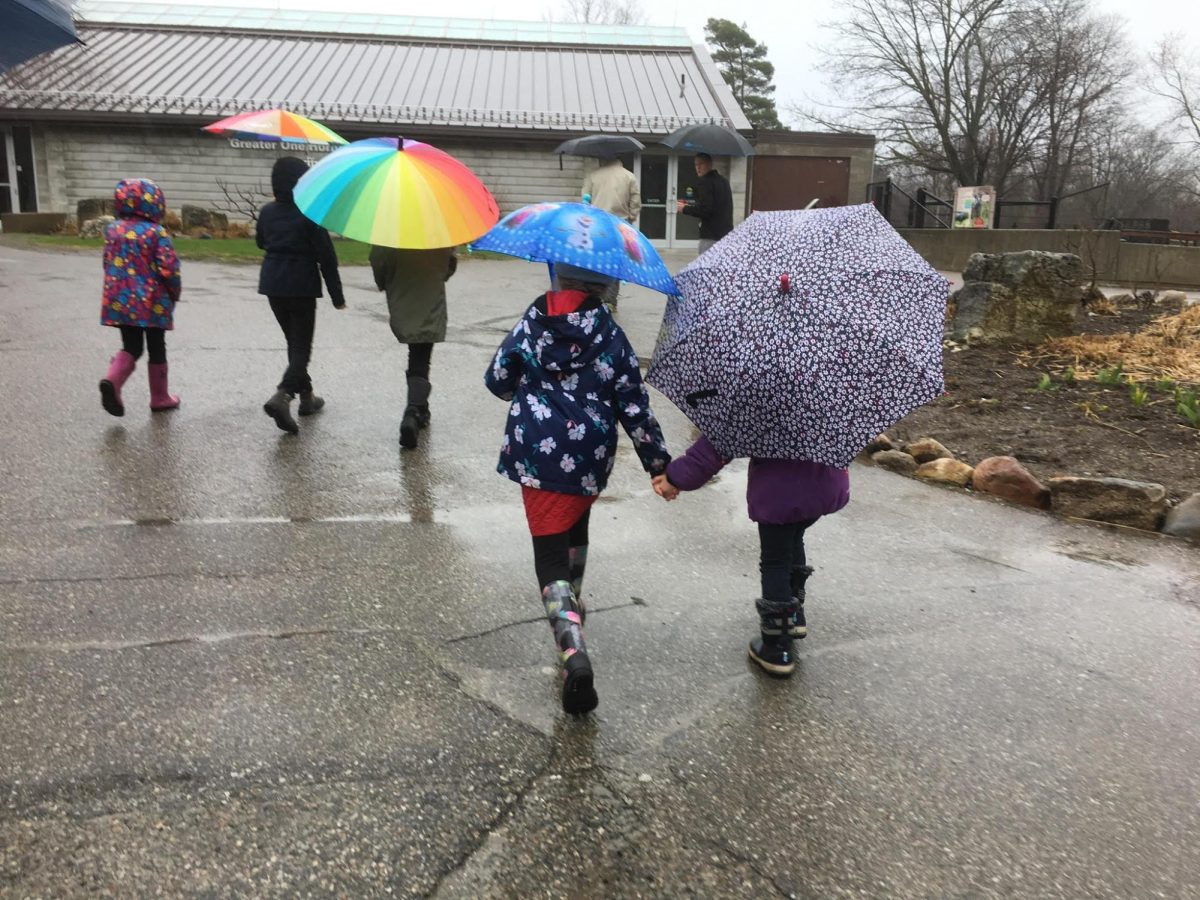
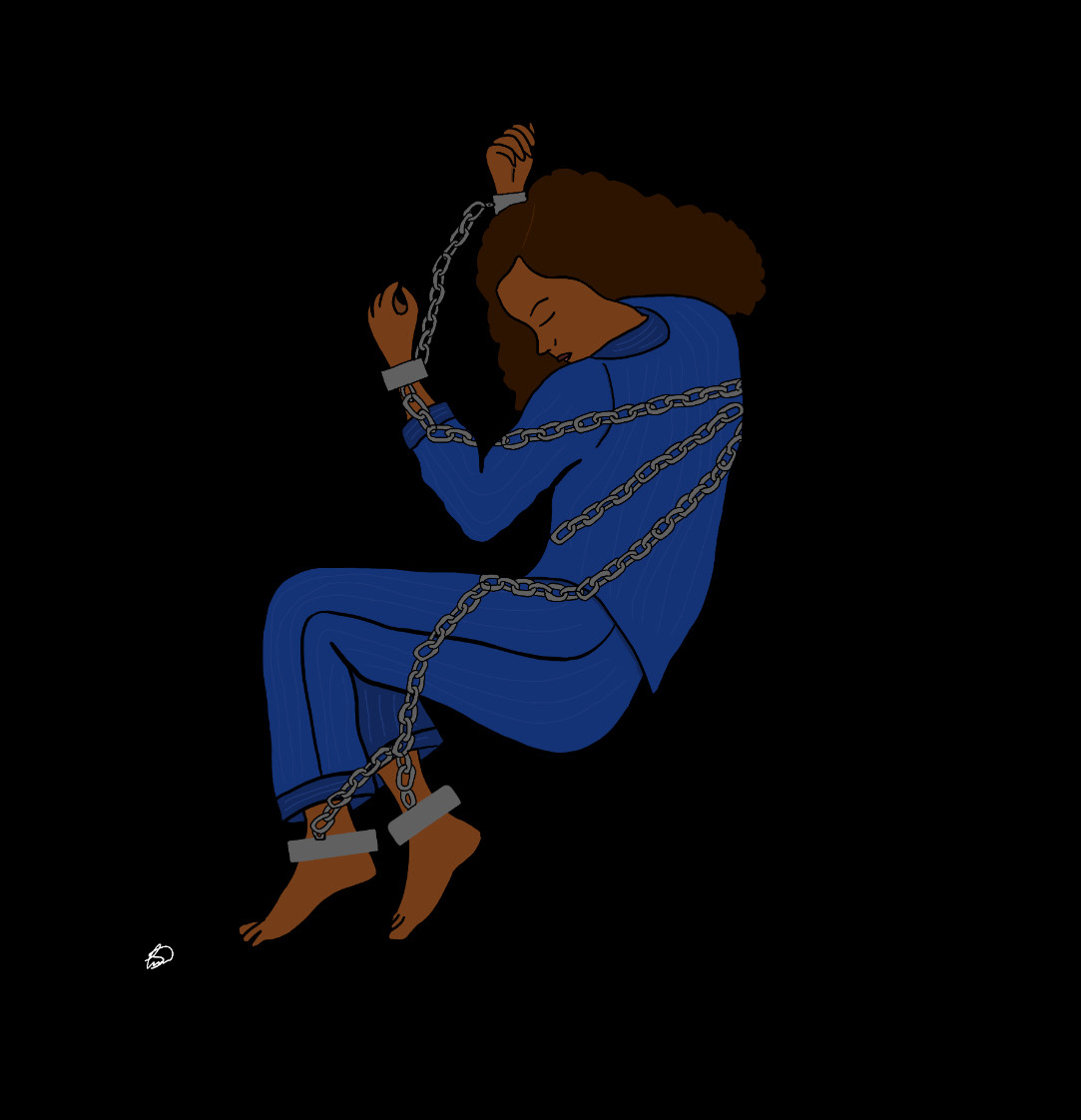
Aleesha • Oct 4, 2024 at 1:15 pm
This is so amazing you ate up
Najiha • Oct 4, 2024 at 10:47 am
wow i never considered the cash incentive the government might have!!!